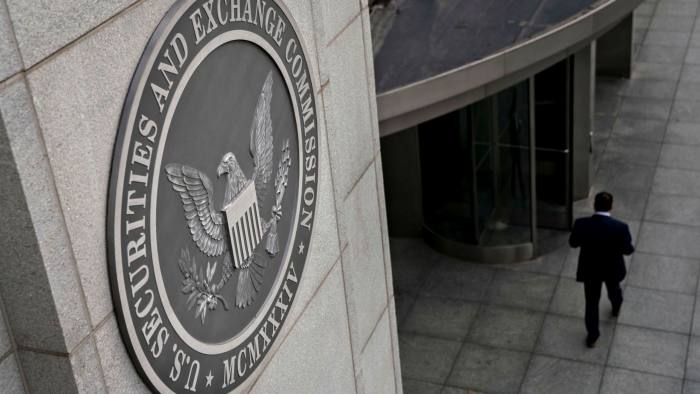The United States Securities and Exchange Commission (SEC) has taken a significant step in the regulatory journey towards a spot Bitcoin exchange-traded fund (ETF).
The SEC’s acceptance of BlackRock’s application, along with its consideration of other cryptocurrency ETF proposals, indicates growing interest and exploration of this financial product in the crypto industry.
A spot Bitcoin ETF would be a groundbreaking investment vehicle that mirrors the value of Bitcoin and allows investors to trade it on traditional exchanges.
ETFs, commonly tied to specific indexes, offer a diverse range of investment options. In the cryptocurrency world, a cryptocurrency ETF comprises various digital tokens, providing investors exposure to the crypto market’s potential.
The SEC’s acceptance of BlackRock’s application commences the official review process for the proposed Bitcoin ETF. While this marks the first step in a lengthy process, it signals the SEC’s readiness to explore the potential market impact and viability of a spot Bitcoin ETF.
BlackRock‘s stature in the financial industry makes its entry into the spot Bitcoin ETF competition noteworthy.
The company’s filing included an agreement for “surveillance-sharing” with Coinbase, a leading cryptocurrency exchange. This move showcases the increasing interest and involvement of established financial institutions in the crypto space.
The race among companies vying to launch the first Bitcoin ETF in the United States is seen as a positive development for the cryptocurrency industry.
Multiple filings from various companies provide diverse proposals for the SEC to assess different strategies and concerns. Increased competition also enhances the chances of approval for a Bitcoin ETF.
Although the SEC has yet to approve a spot Bitcoin ETF in the United States, Canada has already approved three significant funds: Purpose Bitcoin, 3iQ CoinShares, and CI Galaxy Bitcoin.
This precedent demonstrates that the regulatory landscape for crypto products is evolving, which could have implications for the US market.



